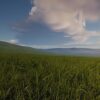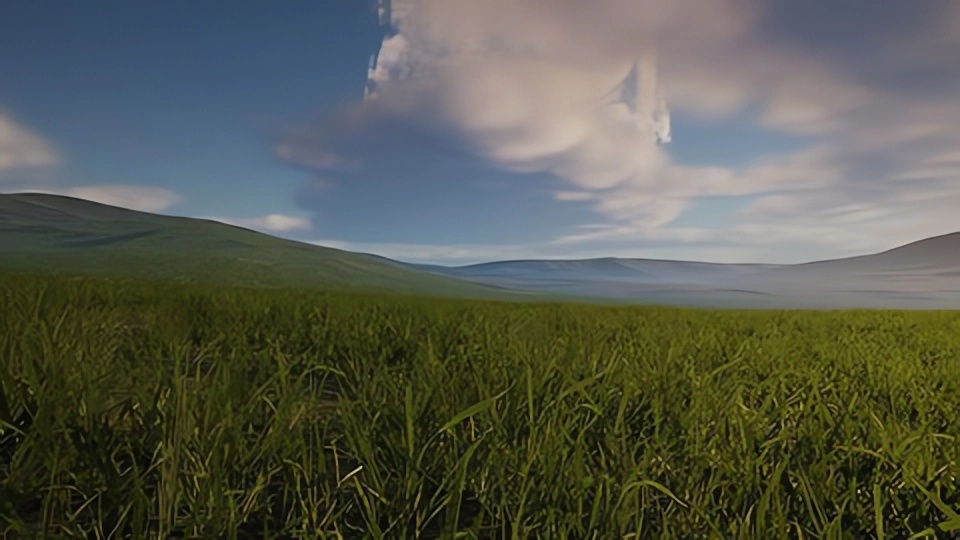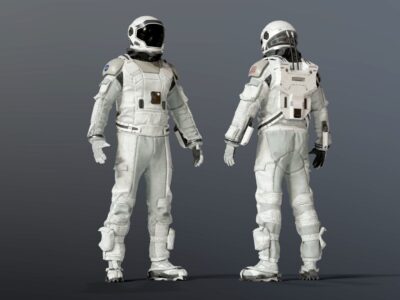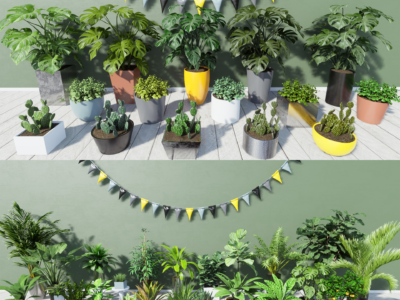![]()
In this lesson, we will delve into the process of creating a landscape in Unreal Engine, setting up materials, adjusting lighting, and generating procedural grass. To accomplish this, we will utilize three different programs: Unreal Engine, World Creator, and Quixel Mixer.
We’ll begin by using World Creator to create the landscape. This involves sculpting the terrain and generating the desired shape. Once the landscape is complete, we’ll export the height map and texture layers.
Moving on to Unreal Engine, we’ll create a new level specifically for our landscape. Importing the height map into the engine, we’ll then proceed to create a material that incorporates three different layers: grass, rock, and soil. This material will serve as the foundation for our landscape.
After creating the material, we’ll generate a material instance and apply it to our landscape. This will enable us to make adjustments and modifications easily. We’ll also create weight-blended layers to ensure that the texture layers are applied automatically and seamlessly.
Next, we’ll import the three different texture layers: grass, rock, and soil. These layers will enhance the visual appearance of our landscape and provide realistic textures.
To enhance the overall atmosphere and lighting, we’ll add exponential fog and a directional light. It’s important to change the light source to “movable” and increase the volumetric scattering intensity for optimal results. Additionally, we can incorporate volumetric clouds and adjust the position of the sun if desired.
To fine-tune the exposure and visual effects, we can modify the post-process volume settings. It’s recommended to change the post-process volume settings to “unbound” to ensure proper functionality and achieve the desired look.
By following these steps, you will be able to create a visually appealing landscape in Unreal Engine, complete with realistic materials, atmospheric effects, and procedural grass generation.






Reviews
There are no reviews yet.